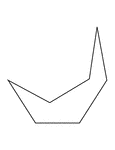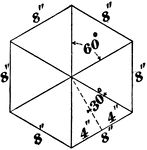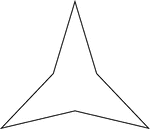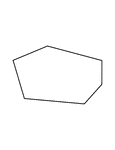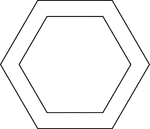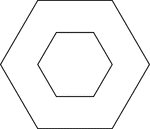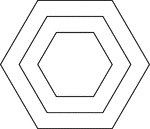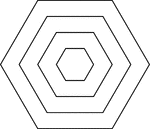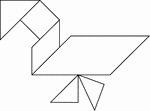
Goose
Tangrams, invented by the Chinese, are used to develop geometric thinking and spatial sense. Seven figures…

Hammer
Tangrams, invented by the Chinese, are used to develop geometric thinking and spatial sense. Seven figures…

Hammer
Tangrams, invented by the Chinese, are used to develop geometric thinking and spatial sense. Seven figures…

Hammer
Tangrams, invented by the Chinese, are used to develop geometric thinking and spatial sense. Seven figures…

Hammer
Tangrams, invented by the Chinese, are used to develop geometric thinking and spatial sense. Seven figures…
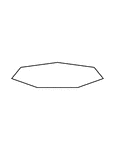
Irregular Convex Heptagon
Illustration of an irregular convex heptagon. This polygon has some symmetry.
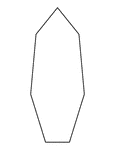
Irregular Convex Heptagon
Illustration of an irregular convex heptagon. This polygon has some symmetry.

Irregular Convex Heptagon
Illustration of an irregular convex heptagon. This polygon has some symmetry.
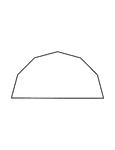
Irregular Convex Heptagon
Illustration of an irregular convex heptagon. This polygon has some symmetry.

Hexagon
Tangrams, invented by the Chinese, are used to develop geometric thinking and spatial sense. Seven figures…

Hexagon
Tangrams, invented by the Chinese, are used to develop geometric thinking and spatial sense. Seven figures…
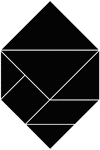
Hexagon
Tangrams, invented by the Chinese, are used to develop geometric thinking and spatial sense. Seven figures…

Hexagon
Tangrams, invented by the Chinese, are used to develop geometric thinking and spatial sense. Seven figures…
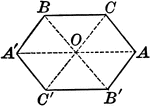
Axis of Symmetry Drawn on a Hexagon
Illustration of an axis of symmetry drawn with respect to a hexagon.

Axis of Symmetry Drawn on a Hexagon
Illustration of an axis of symmetry drawn with respect to a hexagon.

Hexagon Used to Construct Equivalent Triangle
Illustration of a how to construct a triangle equivalent to a given hexagon/polygon.
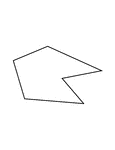
Irregular Concave Hexagon
Illustration of an irregular hexagon. This is also an example of a concave polygon.
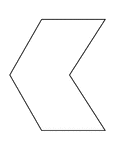
Irregular Concave Hexagon
Illustration of an irregular hexagon. This is also an example of a concave polygon with symmetry.

Irregular Concave Hexagon
Illustration of an irregular hexagon. This is also an example of a concave polygon with symmetry.
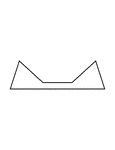
Irregular Concave Hexagon
Illustration of an irregular hexagon. This is also an example of a concave polygon with symmetry.
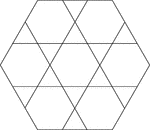
Regular Hexagon With Segments
Illustration of a regular hexagon with each side divided into thirds by line segments extended to the…
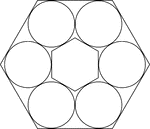
2 Concentric Hexagons With Tangent Circles
Illustration of 2 regular concentric hexagons with 6 congruent circles placed between the hexagons so…
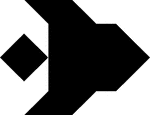
Hogfish
Tangrams, invented by the Chinese, are used to develop geometric thinking and spatial sense. Seven figures…

Hogfish
Tangrams, invented by the Chinese, are used to develop geometric thinking and spatial sense. Seven figures…
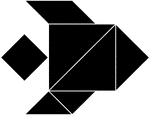
Hogfish
Tangrams, invented by the Chinese, are used to develop geometric thinking and spatial sense. Seven figures…
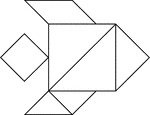
Hogfish
Tangrams, invented by the Chinese, are used to develop geometric thinking and spatial sense. Seven figures…

Ice Skater
Tangrams, invented by the Chinese, are used to develop geometric thinking and spatial sense. Seven figures…
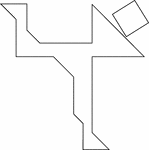
Ice Skater
Tangrams, invented by the Chinese, are used to develop geometric thinking and spatial sense. Seven figures…
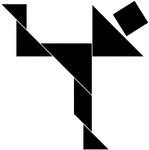
Ice Skater
Tangrams, invented by the Chinese, are used to develop geometric thinking and spatial sense. Seven figures…
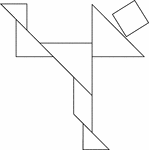
Ice Skater
Tangrams, invented by the Chinese, are used to develop geometric thinking and spatial sense. Seven figures…

Indian
Tangrams, invented by the Chinese, are used to develop geometric thinking and spatial sense. Seven figures…

Indian
Tangrams, invented by the Chinese, are used to develop geometric thinking and spatial sense. Seven figures…

Indian
Tangrams, invented by the Chinese, are used to develop geometric thinking and spatial sense. Seven figures…

Indian
Tangrams, invented by the Chinese, are used to develop geometric thinking and spatial sense. Seven figures…

Iron
Tangrams, invented by the Chinese, are used to develop geometric thinking and spatial sense. Seven figures…

Iron
Tangrams, invented by the Chinese, are used to develop geometric thinking and spatial sense. Seven figures…

Iron
Tangrams, invented by the Chinese, are used to develop geometric thinking and spatial sense. Seven figures…

Iron
Tangrams, invented by the Chinese, are used to develop geometric thinking and spatial sense. Seven figures…
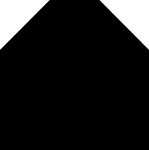
Irregular Hexagon
Tangrams, invented by the Chinese, are used to develop geometric thinking and spatial sense. Seven figures…

Irregular Hexagon
Tangrams, invented by the Chinese, are used to develop geometric thinking and spatial sense. Seven figures…
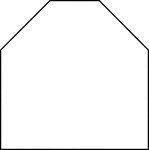
Irregular Hexagon
Tangrams, invented by the Chinese, are used to develop geometric thinking and spatial sense. Seven figures…

Irregular Hexagon
Tangrams, invented by the Chinese, are used to develop geometric thinking and spatial sense. Seven figures…
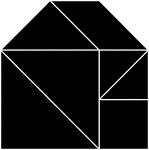
Irregular Hexagon
Tangrams, invented by the Chinese, are used to develop geometric thinking and spatial sense. Seven figures…
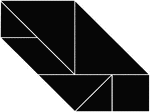
Irregular Hexagon
Tangrams, invented by the Chinese, are used to develop geometric thinking and spatial sense. Seven figures…

Irregular Hexagon
Tangrams, invented by the Chinese, are used to develop geometric thinking and spatial sense. Seven figures…
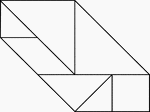
Irregular Hexagon
Tangrams, invented by the Chinese, are used to develop geometric thinking and spatial sense. Seven figures…

Irregular Pentagon
Tangrams, invented by the Chinese, are used to develop geometric thinking and spatial sense. Seven figures…

Irregular Pentagon
Tangrams, invented by the Chinese, are used to develop geometric thinking and spatial sense. Seven figures…
!["A polygon of...seven sides [is] a heptagon." —Hallock 1905](https://etc.usf.edu/clipart/36100/36137/heptagon_36137_mth.gif)
